The Strength to Change
Working the land makes agricultural producers farm strong, but pivoting to new, unfamiliar practices takes a different kind of strength. The strength to change.
There is gym strong and then there is farm strong.
Gym strong looks good. Weights, trainers, protein drinks and persistence sculpt a magazine-ready physique. There’s nothing wrong with gym strong.
Farm strong is different, though. Farm strong is functional. The body is not sculpted but hardened. Driving fence posts, throwing hay bales and arm wrestling with Mother Nature causes the body to set like concrete.
My grandfather was farm strong. Like worn bootstrap or sheet metal, you just couldn’t break him. He was a Kansas boy, a short fellow whose square frame resembled a block of unchiseled granite.
He was born on a farm. He worked on a farm almost every day of his 90 years. He pulled life from the earth until we returned him to it. He was so stubborn he died twice. The first time didn’t take. He lived another two decades; and when he passed three years ago, there was still 60 head of cattle in his one remaining pasture.
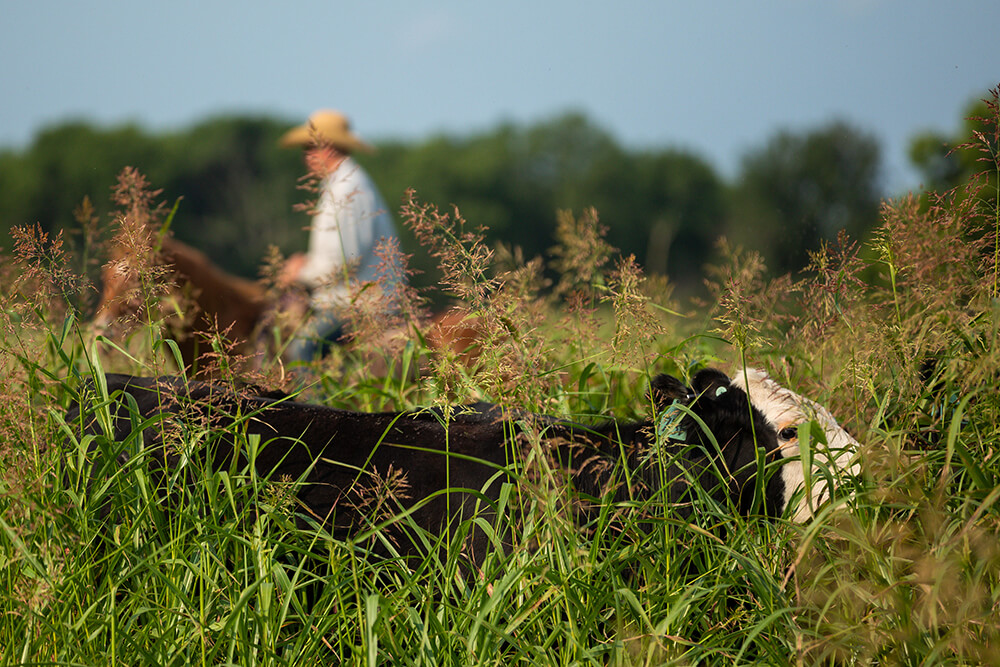
My formative years are filled with faded images of my papa and summers working the farm. One of my earliest memories is of a cattle auction where I ate a hamburger with a tomato because I was too afraid to tell him I didn’t like tomatoes.
I remember how he could build anything he saw or imagined. Engineer. Architect. Agriculturist. Veterinarian. Horticulturalist. Biologist. You have to wear all the hats; that’s part of being farm strong. And, I remember his hands. Scarred and calloused, they were always bleeding and he never seemed to notice.
When I was about 5 years old, we took his favorite “horse” (a blue Yamaha four-wheeler) out to check cattle. He would set me in front of him like a baby kangaroo attached to the front of his bib overalls. We’d cruise the fields, looking at the herd. He’d grunt and sniff and take mental notes. There weren’t a lot of words because there wasn’t a lot to say.
One particular field was uneven and terraced in areas. Through my child’s eyes, I remember seeing the embankment ahead — probably 8 feet high. I felt the pull of the four-wheeler as my grandfather mashed the accelerator to ramp us up the side. Instead of our momentum carrying us onto the plateau like we had done before, the four-wheeler went straight up. We hung in the air for a heartbeat then gravity reclaimed us.
The back tires clipped the lip of the embankment. We fell to the ground with a thud; him hitting first and me landing on his chest. The handlebars headed straight for my face until I saw my grandfather’s arms and legs stick straight out. He snatched the falling four-wheeler out of the air and flung it to the side, saving us both. Yes, he was that strong; sometimes too strong.
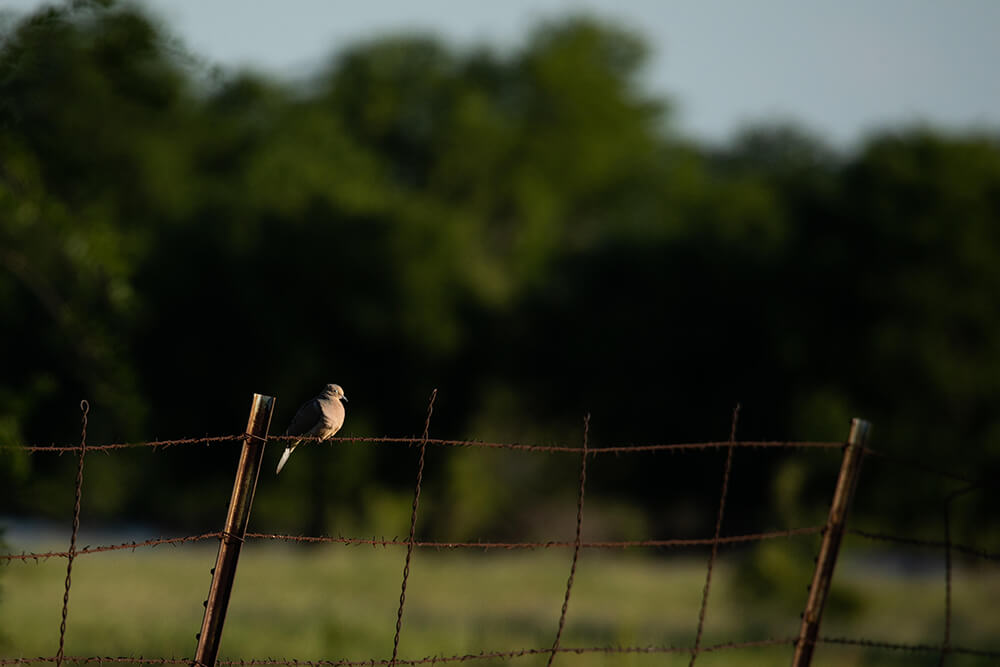
His lessons were often wrapped in barbed wire. Life was hard on the farm, and he wanted me to be farm strong too. Our paths diverged in my teenage years, and we never fully reconnected. His world was black and white, and mine was Technicolor. There was a growing divide, and we didn’t know how to bridge it. He didn’t have the words, and I wasn’t sticking around to see if he found them.
Later in life, my mother told me that he was proud that I worked for Noble — an organization dedicated to supporting farmers and ranchers. That made sense to him.
As an adult, I’ve come to learn several truths about being farm strong and about my papa. I may not have walked a mile in his boots, but I’ve walked beside those who have. Now I know he stood in places where others couldn’t or wouldn’t.
Farming and ranching is more than just the pretty pictures we marketers put in a calendar — the golden sunsets and newborn calves. It’s a lonely affair between an old man and the land. It’s the raw humanness of a kid watching his grandfather stand in a drought-stricken field, praying to God for a few inches of rain so that he can make it one more year. Man, if I only knew then what I know now.
Noble announced it was focusing all operations on regenerative ranching in February, but we’ve been working on this organizational move for almost two years. We’ve been studying and absorbing as much information as we can.
Soil health principles are the foundation of regenerative ranching. These principles can rebuild soil organic matter, making the land healthier and more productive. Healthy soil creates more resiliency in drought and flood, results in less chemical input use and subsequent pollution, provides cleaner air and water, enhances wildlife habitat, and captures carbon in the soil to combat climate variability. In short, my papa could have had a successful operation and taken care of the land for future generations. It’s everything he prayed he could do.
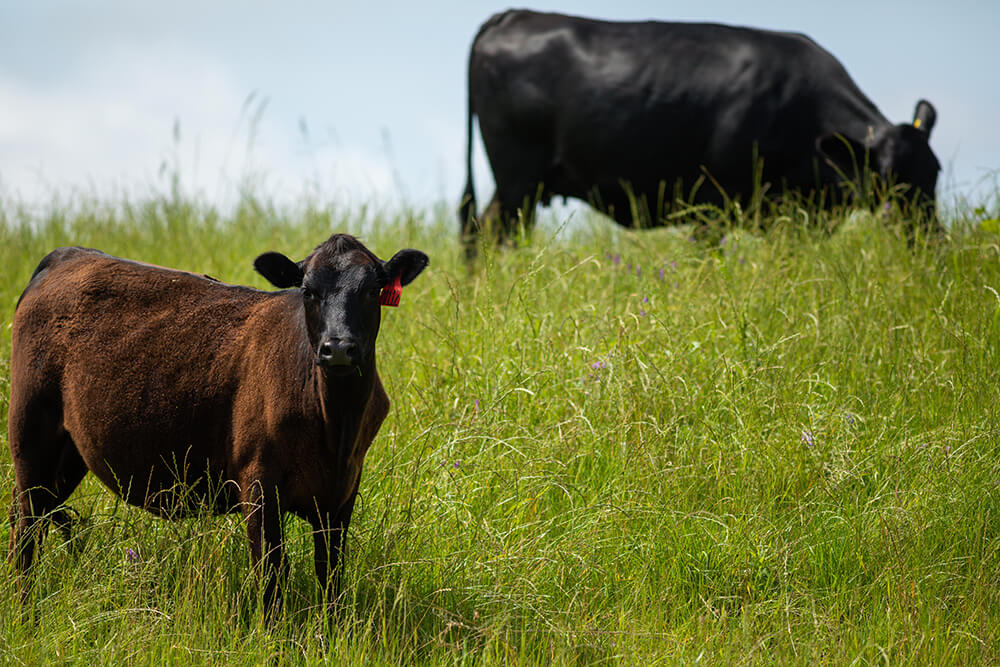
I’ve thought a lot about him these last two years. I wonder what he would have thought or how he would have reacted to regenerative ranching. He farmed the same way for nearly nine decades. He broke all the rules of soil health — not out of malicious intent but because that’s what was taught and that’s what he practiced.
I wonder if he would have been able to change. Would the peer pressure and tradition have kept him from changing? It’s one of the primary barriers that prevents producers from implementing regenerative ranching.
Could he have blazed a new trail when it went against everything he knew, everything he had been taught? Could he have pivoted to new practices when others would have questioned him? Did he have the strength to change?
I will never know the answer. However, I’m part of a team dedicated to helping farmers and ranchers overcome those barriers and answer those questions for themselves. It’s a challenge that will require a Herculean effort but one that we will gladly tackle.
Because that’s part of being farm strong.
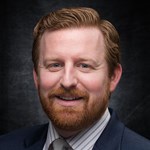

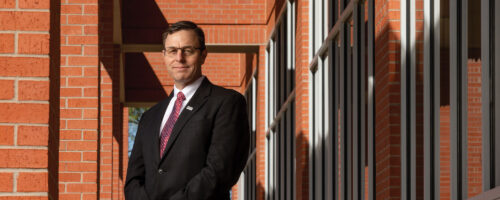
Comment